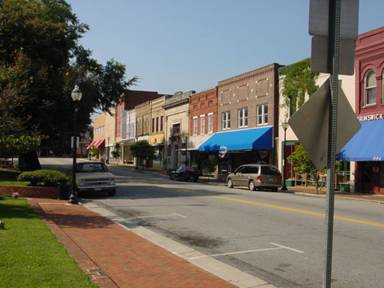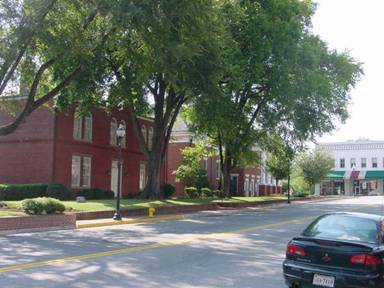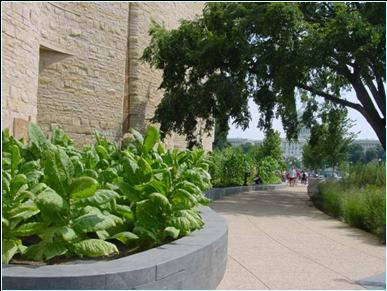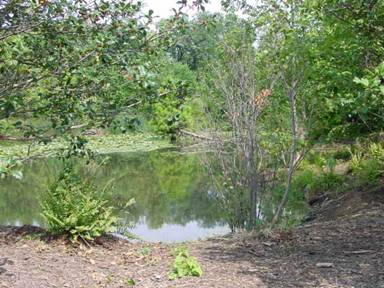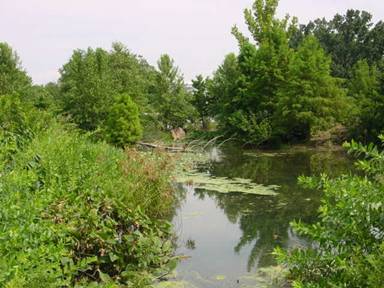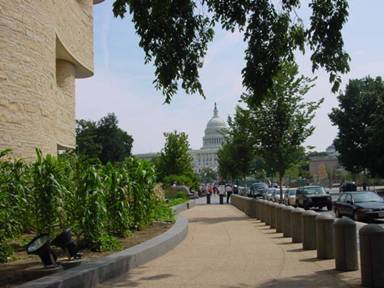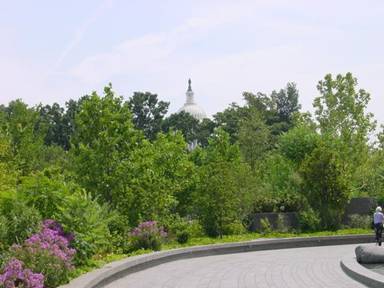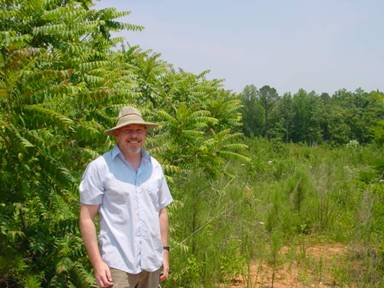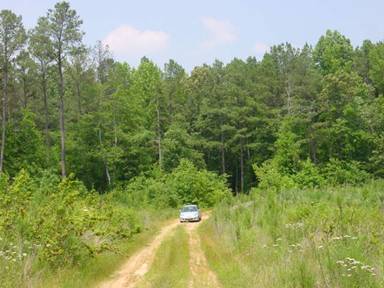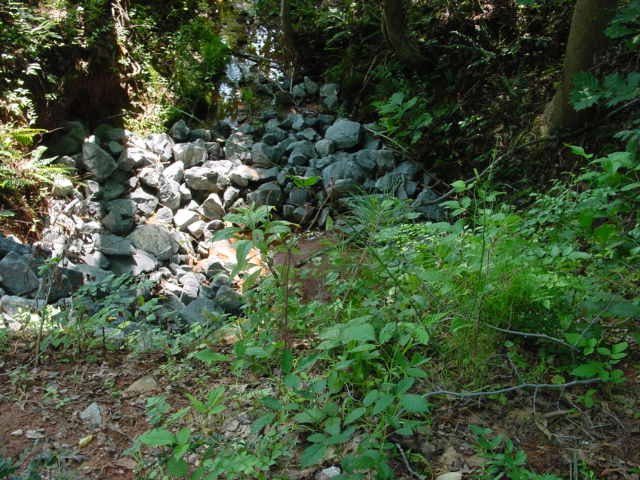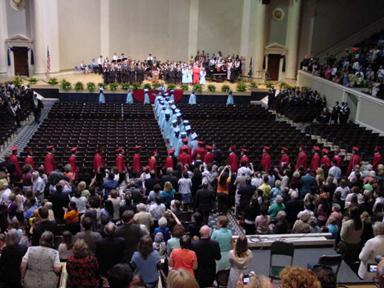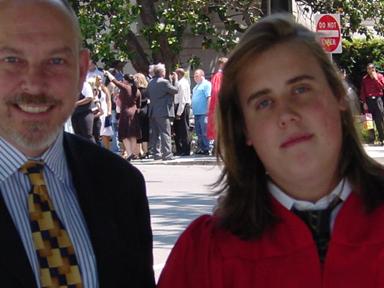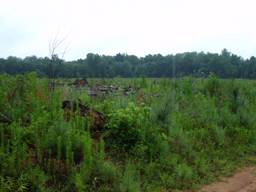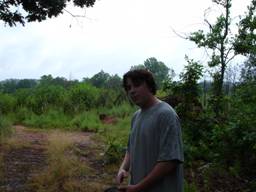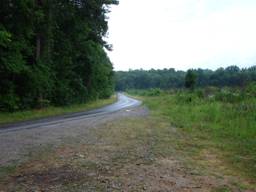We have been here before. Harry Truman started the first big alternative fuels project. President Carter promised that the U.S. would never again import as much foreign oil as it did in 1977. Twenty-nine years later, President Bush warned about our addiction to oil (BTW more than in 1977). What did we learn? Cheap oil trumps policy promises and alternatives. Sowaddawedo?
First, we need to recognize that the problem is political, social and economic, but not really technical. This is important, because we keep on trying to apply the technical solutions and they never work. We use oil because it is cheap. We use foreign oil because it is even cheaper. We want to continue to use oil because it supports the lifestyles we enjoy at a price we accept. Unless we change part of that equation, we will always come up with the same answer – more oil.
Before going on, let me break the problem down into two parts. The one part is oil as an environmental problem. The second part is FOREIGN oil as an economic and geopolitical problem. They are separable. You could solve one and not the other. For example, foreign oil can be replaced by American oil from ANWAR, oil shale from Utah, Colorado & Wyoming or from oil sand from Alberta (yes a foreign country but nearby and generally stable). This oil will cost a little more in terms of dollars and a lot more in terms of environment, but we can achieve reasonable energy independence in this way. This is not the way to go, IMO.
Oil use as an environmental threat is the bigger challenge. Remember why we use oil, but then figure in the external costs. This makes oil less of a good deal.
Rand Corporation has recently released a study indicating that falling costs of ethanol, wind power and other forms of renewable energy could allow them to supply 25% of U.S. energy by 2025 at little or no additional expense. (Renewables currently account for only 6% of our energy, and about half of that comes from hydroelectric dams.) This assumes that the price of oil does not decline by very much. Low cost oil (reaching its lowest point in 1998) has destroyed hopes for alternatives before. So let’s make sure the prices do not drop very much.
Once they get started, renewables have a big constituency, especially in farm states. The most promising, IMO, is ethanol from wood chips. I admit a personal interest in that. Also interesting are various ways to make methane from manure and other wastes. Read more about these things here.
Promising as all this is, read the number very carefully – 25%. That is the optimistic scenario. That still means 75% has to come from someplace else. We will still be using oil, coal and gas for a long time. The most promising large scale clean alternative is nuclear (the French get 78% of the electric power from nukes; we get about 20%). We might be able to squeeze a little more out of energy conservation. If we just build smarter we can save money, be comfortable and help the environment at the same time. A sustainable resource house, BTW, need not be built out of straw or sticks and it can be very attractive and comfortable.
So let’s address the energy problem, but let’s address the right one in the right way. Recognize that we have the energy mix we have today because it is what we chose and what we continue to choose. We need not blame others or talk about the stupidity of past generations. We chose what we have and that means we have the choice to choose alternatives too.

